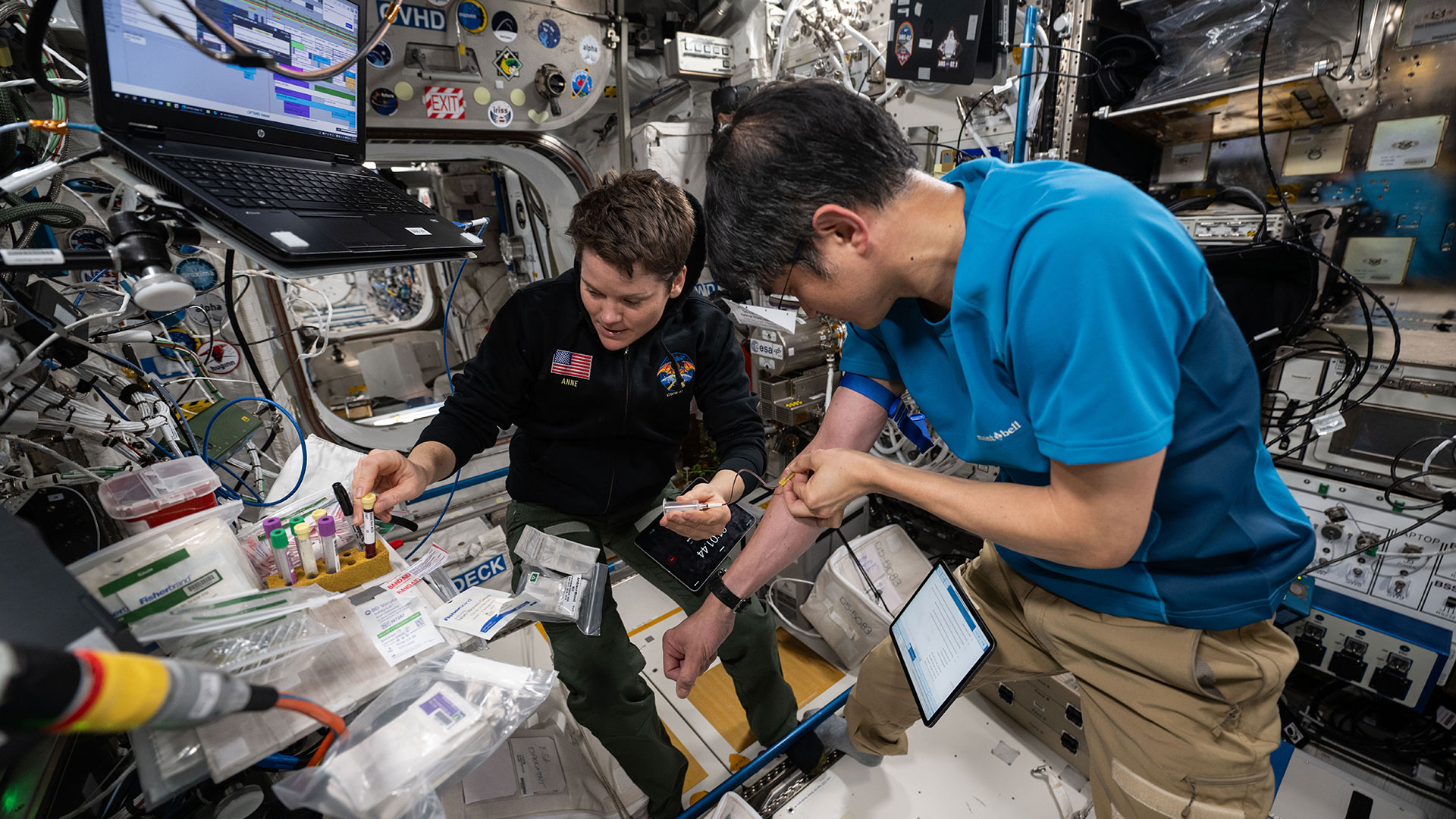Powerful Mother's Day geomagnetic storm created radio-disrupting bubbles in Earth's upper atmosphere
"What we found was very interesting."

Researchers from Kyushu University in Japan have provided some new insights about the powerful geomagnetic storm that flared up last Mother's Day, after a big solar storm hit Earth.
The work focuses on the storm's activity in a region of Earth's ionosphere called the E layer, which sits in the upper atmosphere about 56 miles to 75 miles (90 to 120 kilometers) above sea level.
"The sporadic E layer hasn't been studied very much during the storm because it appeared unaffected by solar storms," study leader Huixin Liu said in a statement.

"But we wanted to see if something as powerful as the Mother's Day geomagnetic storm did anything to the E layer," Liu added. "What we found was very interesting."
The E layer was significantly enhanced during the storm, the team found; thin patches of high ionization density — known as sporadic E layers, or sporadic Es for short — suddenly appeared in the ionosphere.
To gather data on the phenomena, the team relied on a combination of sources from space and on the ground.
Using the joint U.S.-Taiwanese COSMIC-2 satellite network, as well as 37 ground-based radars called ionosodes, the team gathered a massive amount of information during and after the solar storm to get a global map of sporadic E layer activity.
Get the Space.com Newsletter
Breaking space news, the latest updates on rocket launches, skywatching events and more!
"This large amount of data was critical for both detecting the presence of sporadic Es and tracking where they formed as time went by," Liu said.
"In our analysis, we found that sporadic Es formed after the main phase of the solar storm, during what we call the recovery phase," Liu added.
First, the team detected sporadic Es at higher latitudes, around the poles. The phenomena slowly extended toward the equator over time. "This propagation characteristic from high to low latitudes suggests that sporadic E layers are most likely caused by the disturbed neutral winds in the E region," Liu said.
The researchers want to understand this phenomena because it can disrupt HF (high frequency) and VHF (very high frequency) bands of radio communication, which have important uses in areas such as navigation.
With greater insight into activity in the E layer during a geomagnetic storm, the researchers hope to find ways to work around the disruptions.
The new paper was published last month in the journal Geophysical Research Letters.
Join our Space Forums to keep talking space on the latest missions, night sky and more! And if you have a news tip, correction or comment, let us know at: community@space.com.
Julian Dossett is a freelance writer living in Santa Fe, New Mexico. He primarily covers the rocket industry and space exploration and, in addition to science writing, contributes travel stories to New Mexico Magazine. In 2022 and 2024, his travel writing earned IRMA Awards. Previously, he worked as a staff writer at CNET. He graduated from Texas State University in San Marcos in 2011 with a B.A. in philosophy. He owns a large collection of sci-fi pulp magazines from the 1960s.
You must confirm your public display name before commenting
Please logout and then login again, you will then be prompted to enter your display name.

